How to tighten a bike headset (video)
Learn how to tighten a bike headset to improve handling and ride feel
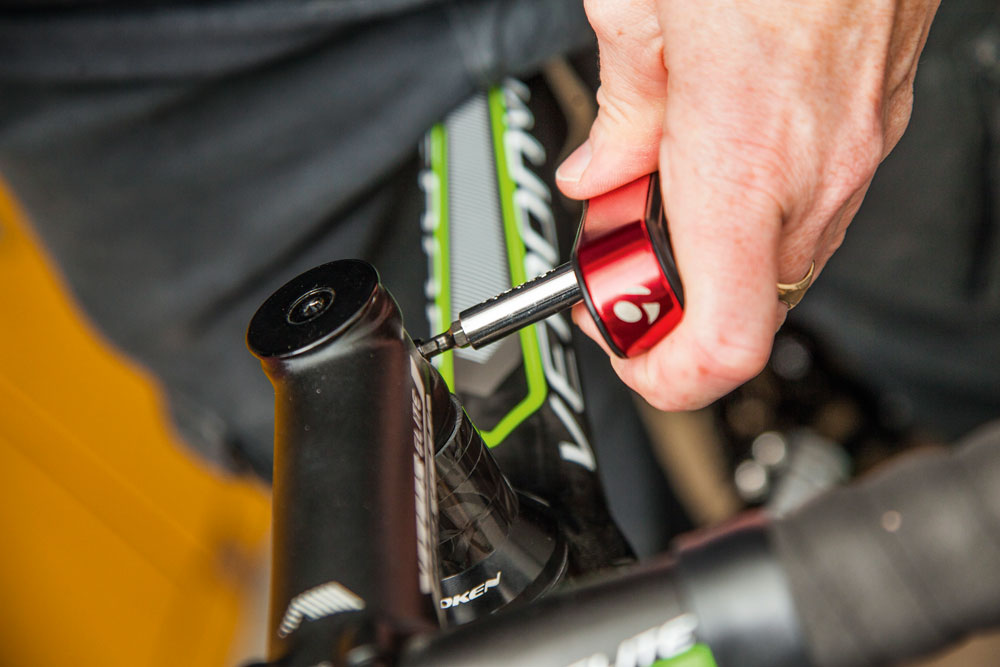
There are a few simple steps to tighten a bike headset. Tightening is what's most commonly needed as headsets tend to work a bit loose with riding But if your front wheel isn't turning easily you may need to loosen your headset. Worse case you may need to replace the headset bearings if they're worn or corroded, which is a job for a bike shop.
Having a stem that isn’t perfectly straight, a headset that clunks, or handlebars that are simply not at the right height are problems that are very easy to fix - it's a simple bit of bike maintenance. Here is how to do it.
How to tighten a bike headset: all you need to know
1. Undo headset bolts
Undo the two bolts at the side of your stem so that they are just loose — don’t undo them entirely. Then undo the headset top bolt. You might need a different size of Allen key than you did for the stem bolts. Typically the side bolts are 4mm but the top bolt may be 4mm or 5mm. Some brands use Torx bolts while others have custom designs with different methods of fixing in place.
2. Move headset spacers
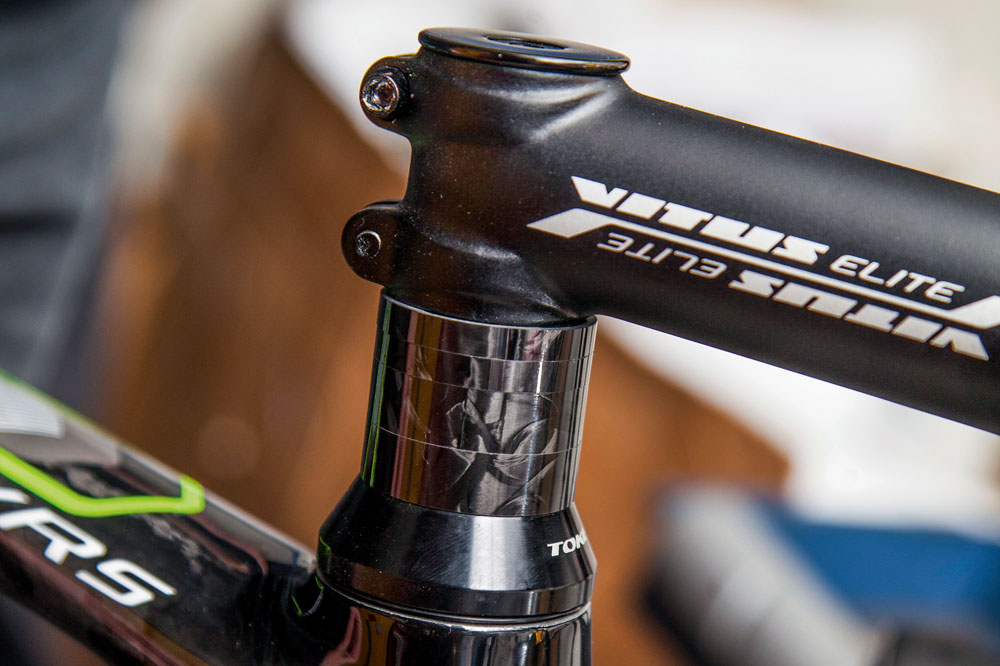
If you want to alter bar height this can be done by changing the position of the spacers that are usually placed beneath the stem. If you lower the stem be sure to put the spacers above the stem. The amount you can add beneath depends on how far down the fork column has been cut. Be sure to line up the stem so that it’s straight. Stand directly behind your saddle (straddling your rear wheel) and run your eye along the top tube, stem and front wheel to make sure that they are all in line.
3. Tighten the top cap
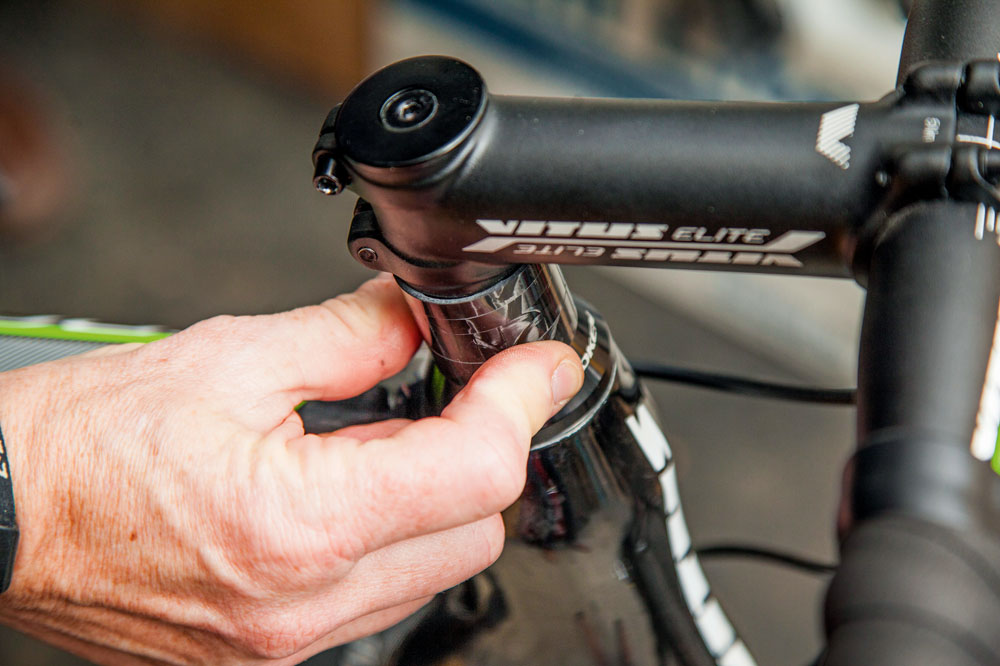
When tightening the headset top cap it MUST push down on the stem, or the spacer above it, and not the fork column itself (the top cap pushes down on the headset which tightens it up). Do up the headset top cap until it is just tight — at this point you should be unable to turn your stem spacers. Do not overtighten it. A torque wrench is a good idea at this point.
4. Do up the side bolts

Alternate between each side as you do them up. Ideally, use a torque wrench or preset torque key if you have one so as not to over-tighten the stem on to the fork column. The required torque is usually stamped on the stem; it's often 5Nm.
5. First test
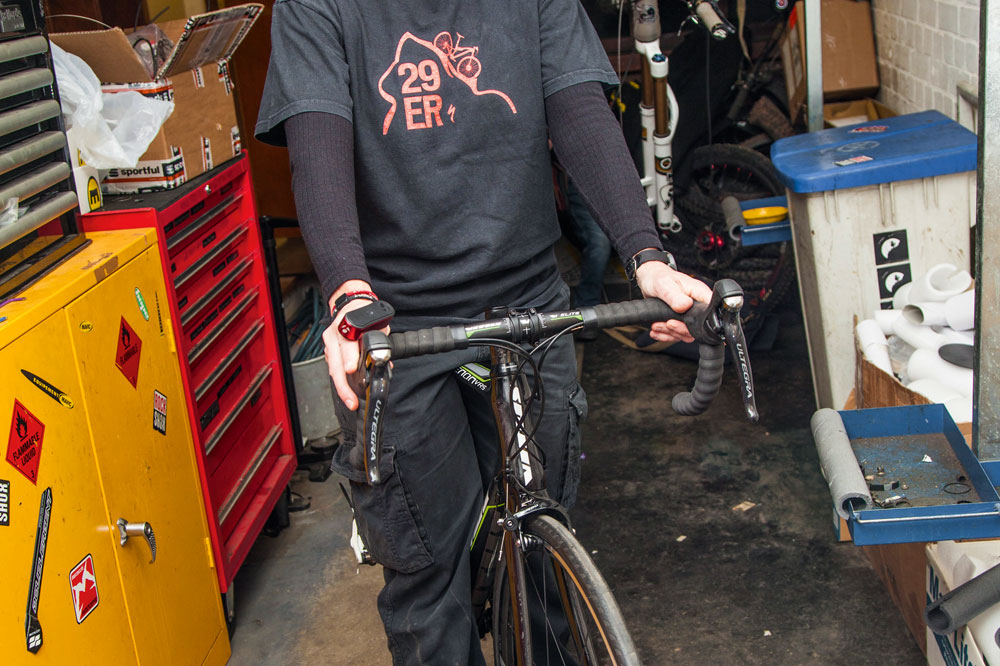
Lift the front of the bike off the ground and let the front wheel and handlebars flop from side to side. If it’s smooth, that’s good; if it’s stiff, the headset bolt was done up too tight, so try again.
The latest race content, interviews, features, reviews and expert buying guides, direct to your inbox!
6. Second test
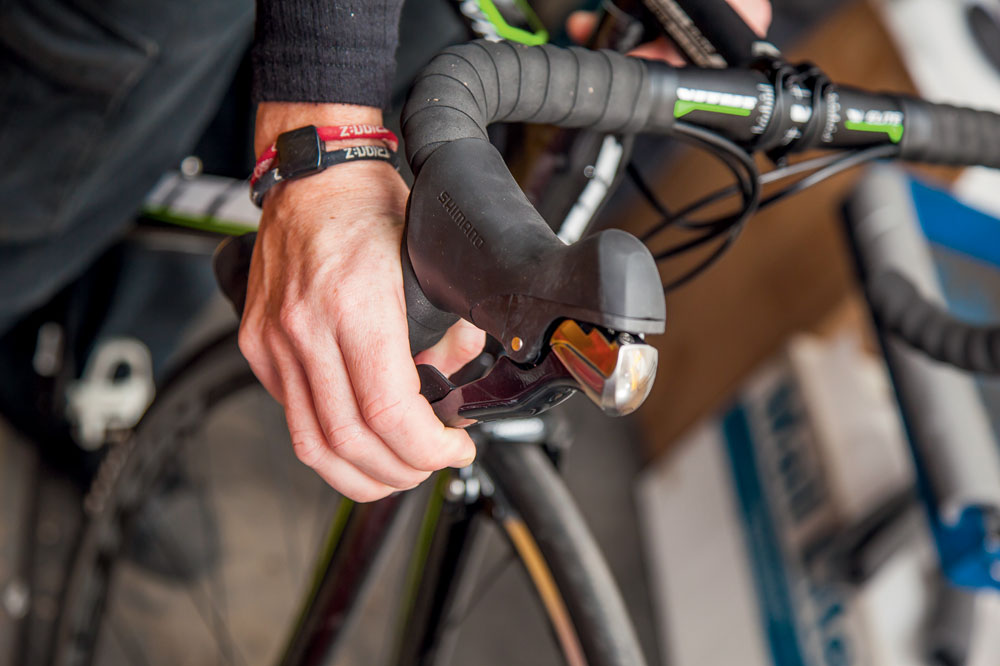
Hold the join between the stem spacers and the bike frame. Put on the front brake and rock the bike back and forth. If there is any movement between the bike and the spacers the headset bolt isn’t tight enough, so try again... and again!
Knowing how to tighten a bike headset and having the right tools is useful, as you'll probably find you need to make small adjustments every few months, particularly if you have a bike with a carbon steerer tube. You should check your headset for play regularly as part of your routine bike maintenance.